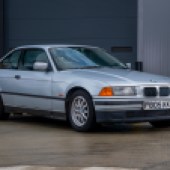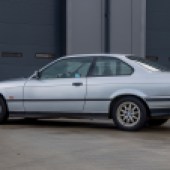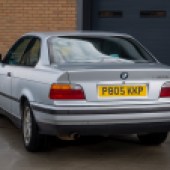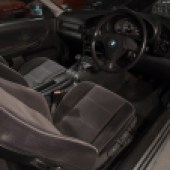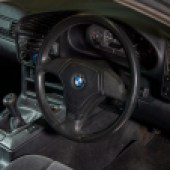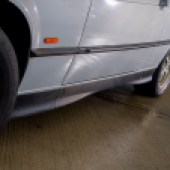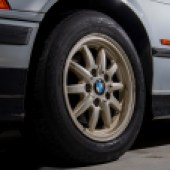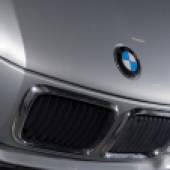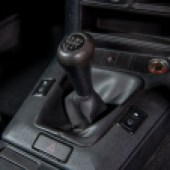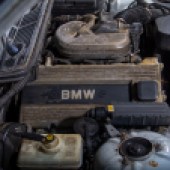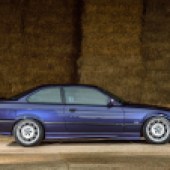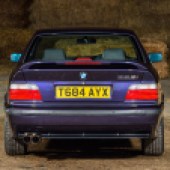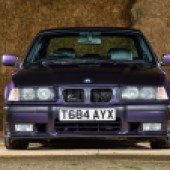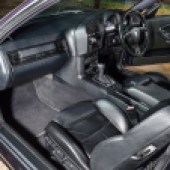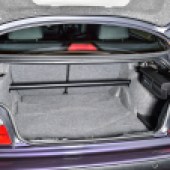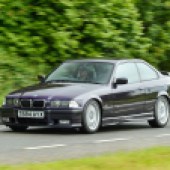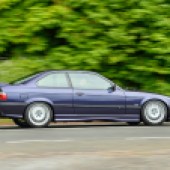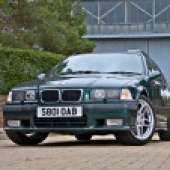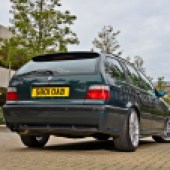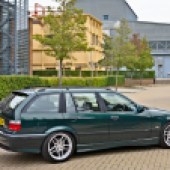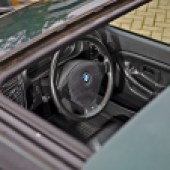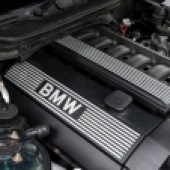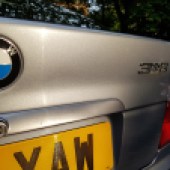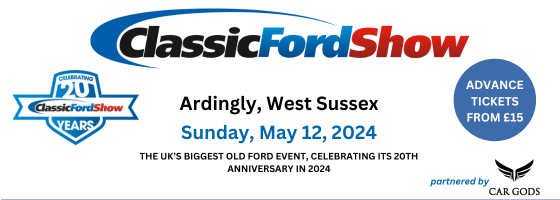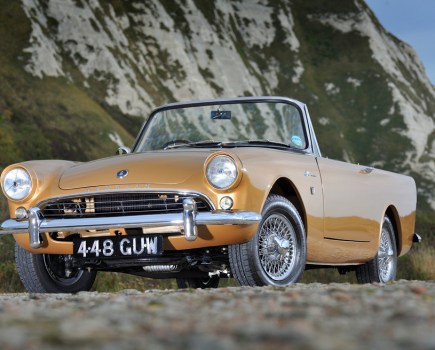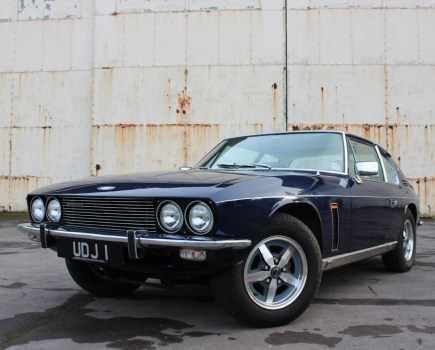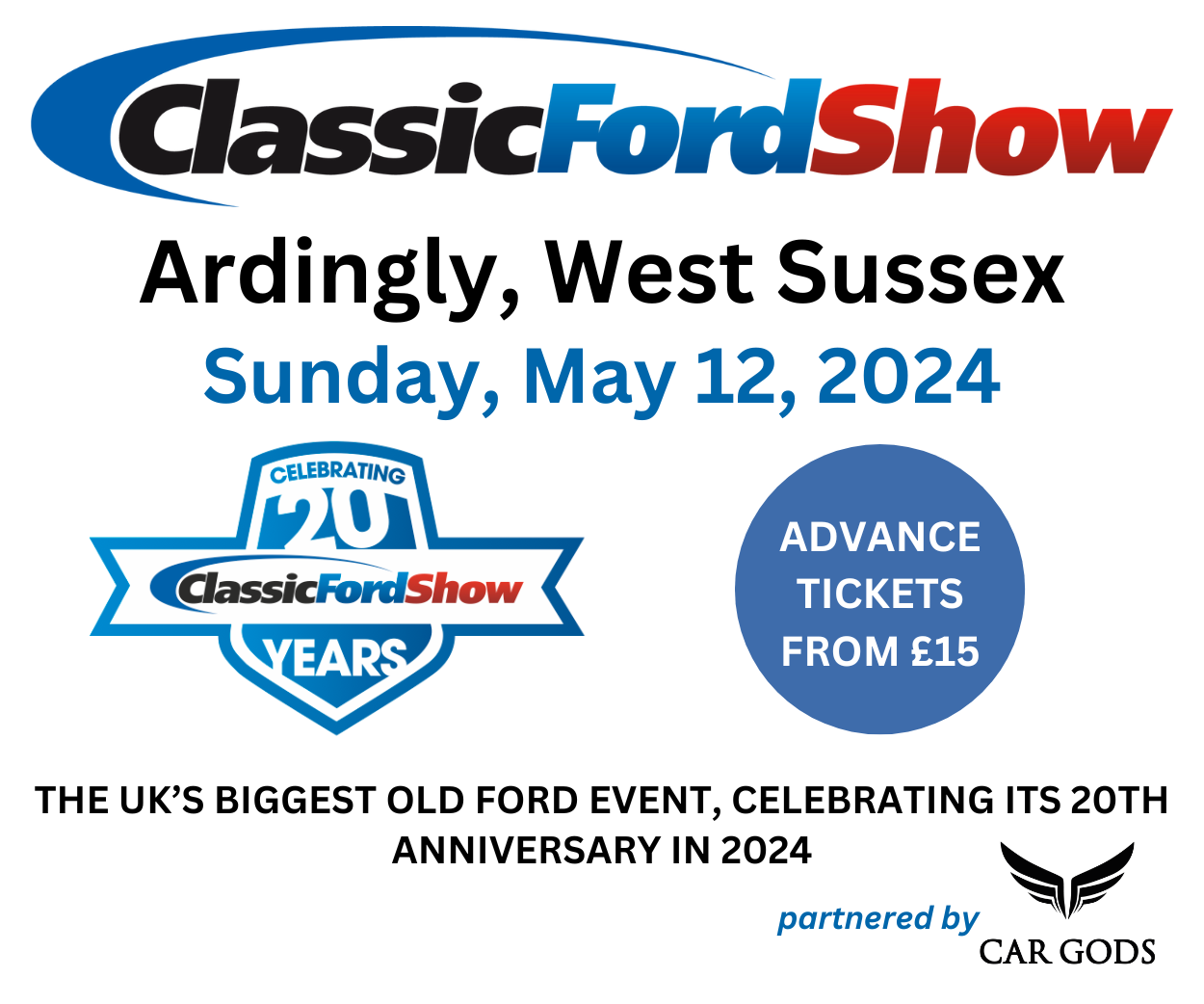More than three decades have passed since the E36 3 Series was launched but a good one still makes sense today. Here’s how to bag the best
Words: Chris Randall Images: Matt Richardson, Jason Dodd, Matt Woods, James Howe
It’s almost fifty years since the original E21 3 Series was launched and it’s now in its seventh generation – but rewind to the beginning of the 1980s and BMW was developing the third model to wear the badge. It was to be a notable step forward over the preceding E30, with the E36 bringing improvements in quality, refinement and dynamics and the result was a car that still feels fresh today.
Launched in 1990 with a design overseen by Pinky Lai, it was a thorough reimagining of the popular premium car and one that sold in huge numbers. Buyers could ultimately choose from five different body styles – saloon, coupe, Touring estate, convertible and the hatchback Compact – and there was a wide choice of engines. Key petrol models were 316i, 318i, 320i, 323i, 325i and 328i while fans of diesel could pick from 318tds, 325td and 325tds.
Plus of course there was the hot M3 in saloon, coupe and convertible flavours; arriving in 1992 with a 286bhp 3.0-litre straight-six the Evolution of 1995 was boosted to 3.2 litres and 321bhp. The upshot of all this was a 3 Series for every taste, but more than twenty years after production ended does this premium modern classic still cut the mustard?
Bodywork
When new the build quality was well up to the standards you’d have expected from BMW, but declining values and the passing of a couple of decades will have taken their toll. While plenty of examples for sale are still in good shape it’s certainly advisable to scrutinise the bodywork for signs of corrosion, with areas such as the front wings, wheelarches, sills and screen/sunroof surrounds being the obvious places; the Touring’s tailgate can also corrode.
Look for bubbling around the edges of body kits, too, as things could be worse beneath. And you should give the underside a good look as rust can attack the box sections, front section of the floorpan and the jacking points. It’s also advisable to check the boot on saloons and coupes as water leaks could have allowed rot to develop in the panel seams.
While we won’t dwell too much on the M3 in this guide – it’s worthy of a separate feature – all of the above applies to this version too, plus there’s the spectre of accident damage by owners with more enthusiasm than skill. You’ll want to be absolutely certain that there’s nothing nasty lurking in a car’s past. If it’s the convertible E36 that takes your fancy then spend plenty of time examining the hood and its operating mechanism, and watch for a cracked or cloudy rear screen.
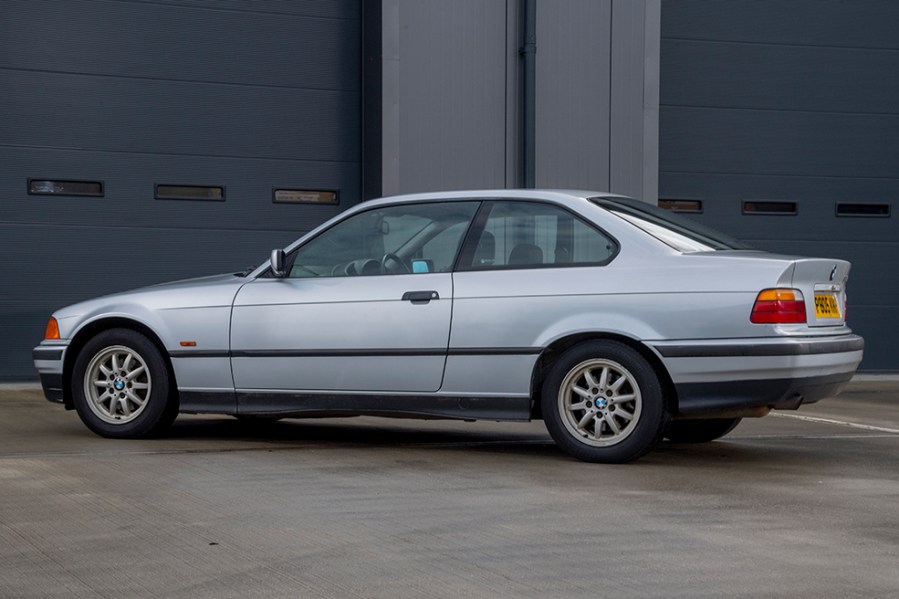
Engine and transmission
There simply isn’t room here to cover all of the engines in detail; the key thing to concentrate on is finding a car where regular maintenance hasn’t become a thing of the past. There are too many for sale to lumber yourself with something neglected. A record of frequent oil and coolant changes will give peace of mind, and check that four-cylinder motors have had their cam belt renewed on time. Four-cylinder M40 engines can also suffer from tappet/camshaft rattles, and it’s worth listening for noisy timing chains on larger motors. And there’s the usual need to check for a compromised head gasket, oil leaks and exhaust smoke that points to deeper-rooted issues.
Engine management issues can crop-up, too – there are plenty of specialists than can diagnose and fix problems at a reasonable cost – and on later engines listen out for noisy VANOS valve-timing units. Cooling systems might also be past their best by now – leaks from the water pump and radiator aren’t uncommon – and they can be a pain to bleed properly, so keep an eye on the temperature gauge. And remember, too, that the service indicator is easy to reset so ensure that any mention of a service history is backed up by paperwork (it might also show a replacement 6-cylinder engine; early Nikasil cylinder bores caused problems that were solved with steel liners from 1998).
Even more care is need with an M3 and an unimpeachable service history is crucial; valve clearances must be checked at each service and specialists advise renewing the main bearing shells and con-rod bolts at around 100k miles. We’ve not really mentioned the diesel engines, and although performance and economy are decent – and reliability pretty sound with proper care – they are rare and you’re better off with a petrol model.
Transmission-wise, there were 5-speed manual (6-speed for M3) and 4/5-speed automatics and none of them are notably troublesome. The latter can benefit from oil and filter changes (ignore advice about being sealed for life) but a road test will quickly reveal any worrying noises. A transmission warning light on the dashboard might be an electrical issue rather than anything more sinister.
A drive will also identify a noisy differential, something that can afflict hard-used M3s. And that model was also offered with the SMG automated manual transmission, a unit that’s picked up a reputation for expensive problems. Be extra vigilant when testing a potential purchase, and be sure to check that it’ll suit you; it’s an acquired taste and many drivers prefer the manual ‘box.
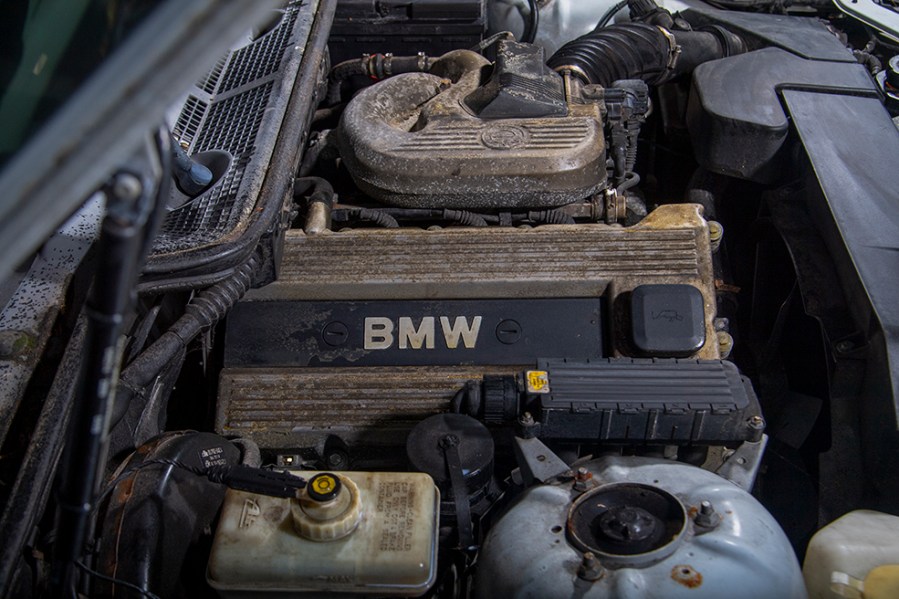
Suspension, steering and brakes
BMW equipped the E36 with MacPherson struts up front and the clever multi-link ‘Z-Axle’ at the rear (the Compact retained the E30’s rear arrangement, however), and it resulted in a terrific blend of ride and handling. It’s essentially straightforward, so buying one today means the usual checks for tired dampers and springs and worn bushes; focus on the front lower arms and listen for knocks caused by worn rear damper top mounts.
Rear subframe mounts also need scrutiny. Replacement parts are easy to source and not particularly expensive, so a complete overhaul won’t break the bank, but it’s a good bargaining point if the car you’re considering doesn’t feel as sharp as it should. We’d also be wary of modified and lowered examples which may simply have spoiled an otherwise impressive set-up.
There’s little to worry about with the brakes apart from the usual wear and tear, although watch for warning lights indicating issues with ABS sensors and control units. Replacements aren’t too pricey, however; if you’re happy to wield the spanners then replacing pads and discs isn’t an expensive job.
There’s not much of concern with the steering, either, and it should feel precise and nicely weighted. Any slack at the helm will be obvious, and other than checking for leaking PAS hydraulics that’s about the extent of any issues. The last thing worth watching for are alloys suffering from corrosion and kerb damage – especially the larger items on Sport models – and for cheap, mismatched tyres fitted by penny-pinching owners.
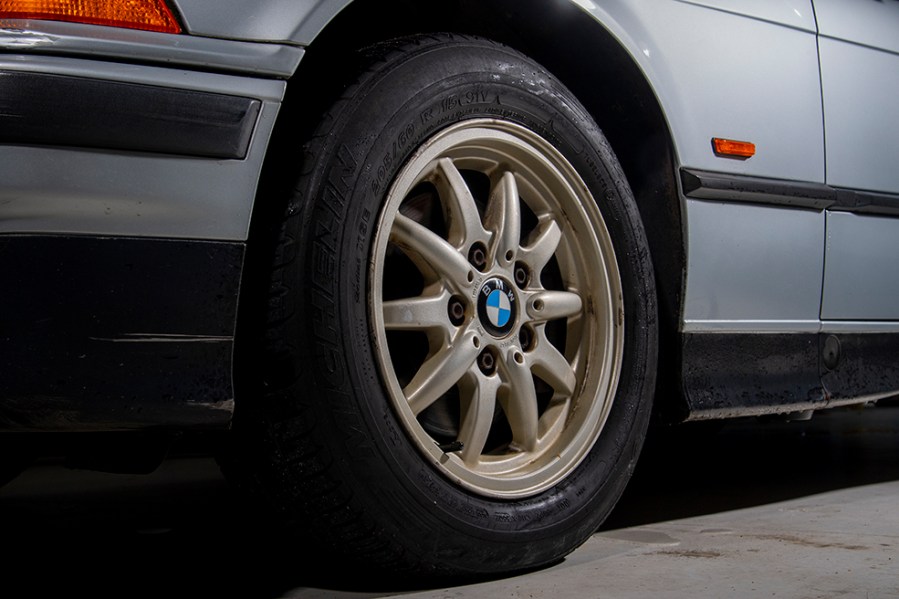
Interior and trim
BMW cabins of this era were a real highwater mark in ergonomics and clarity, and while it might lack the glitz and glamour of today’s cars it really is a fine place to spend time. The very earliest examples suffered from a few minor issues with fit and finish but other than that the quality of materials and assembly was very impressive.
A cared-for example will still look and feel good, but it’s inevitable that abuse and neglect means some haven’t survived the years quite so well. Threadbare seat material and damaged bolsters will be obvious, and while both can be sorted by a competent trimmer the costs will soon add up. Door cards can get scruffy and loose, too, but it’s not hard to find second-hand interior trim and swapping it over isn’t difficult.
In terms of equipment entry-level models felt a bit sparse by modern standards but many buyers opted for SE or Sport trim, both have which have everything you need. And there was always the temptation of a lengthy options list from which to choose the likes of leather upholstery, climate control and better audio. We wouldn’t worry too much about specification but instead focus on finding an E36 that’s been carefully maintained throughout its life.
As for problems, it’s certainly sensible to check that the likes of electric windows, central locking and air-conditioning work as they should and watch for faulty alarms and immobilisers (especially aftermarket systems) and on-board computer displays that are missing pixels. The only real additions to this are checking for water ingress and resulting trim damage on convertibles, and making sure that the load bay on a Tourer hasn’t taken a battering.
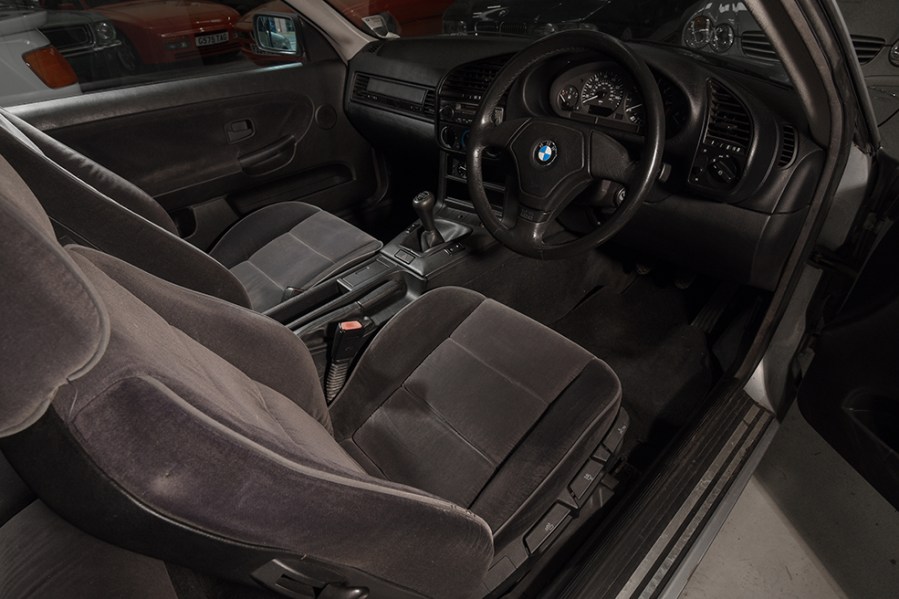
BMW 3 Series (E36): our verdict
If the idea of a BMW from this era appeals to you then you won’t be disappointed with this generation of 3 Series. Despite the best efforts of rivals – both premium and mainstream – nothing could really touch the E36’s combination of comfort, quality and superb driving manners. You’ll enjoy all of these attributes no matter which version you choose (although we’d argue that the Compact doesn’t quite hit the mark in some areas), and while the lowlier four-cylinder models aren’t the most sparkling of performers there’s always the allure of the silky-smooth straight-sixes.
There’s no escaping the fact that many led a hard life with owners unwilling or unable to spend money on them, and unless a cheap purchase price is crucial it would be a shame not to experience the best these terrific cars can offer. Stretch the budget, find a cossetted example and look after it properly, and you’ll discover just how satisfying this 3 Series is to own and drive. You might not want to part with it.
It’s worth noting that convertibles are the most common in the classifieds, followed by the saloon and coupe which number much the same. Touring and Compact models are rare so you’ll need to be patient if you fancy one. As for prices, £1500–2000 is the starting point for something reasonable (expect a high mileage) but stretch the budget to around £4000 and smart examples with 80–100k on the clock are available.
Condition improves further at the £5000–6000 mark and spending another couple of thousand will bag a coupe or convertible showing 50-60k miles and in excellent condition. £10,000–12,000 buys pretty much the best out there, and while some are advertised in the mid-teens there’s no need to pay that much for an E36. As for the M3, the realistic starting point is £12,000 with the very best approaching £40,000.
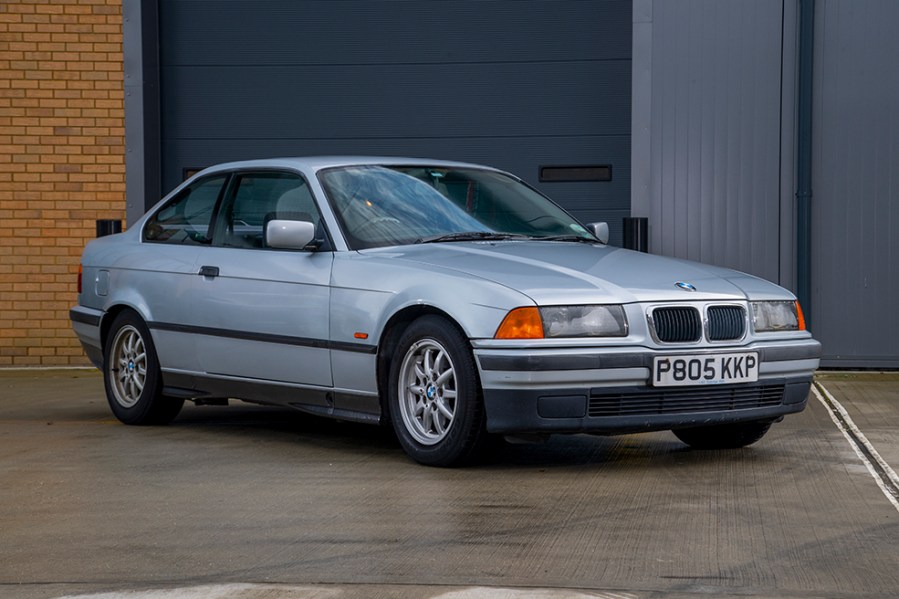
BMW 3 Series (E36) timeline
1990
The E36 is launched and goes on sale in 1991. Longer and wider than the E30, the saloon is first with the coupe a couple of years later.
1992/1993
The M3 arrives, with 1993 seeing a convertible added to the range along with the 325tds diesel. Some engines are refreshed with the four-cylinder M43 unit replacing the M40 and the 320i getting the M52 engine in place of the M50.
1994/1995
BMW introduces the hatchback Compact along with a lower-powered 318tds diesel model. There’s the Touring estate from 1995, while the 325i is replaced by the punchier 328i. The M3 gets a more powerful 3.2-litre motor.
1997
The E46 is launched as a replacement, although the now-revised E36 Compact remains in production until 2000.

